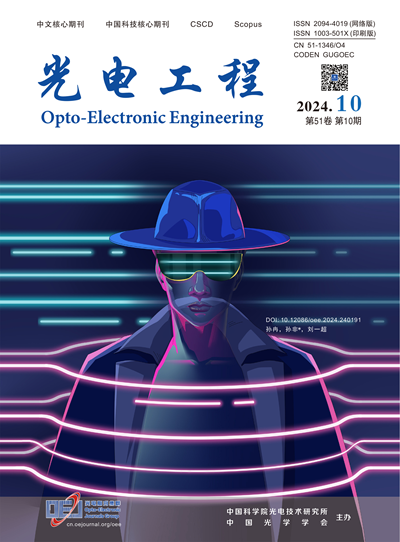可调手性超表面电磁特性的研究进展
Q3 Engineering
引用次数: 0
摘要
手性超表面是由具有特定电磁响应的平面手性细胞结构组成的超薄超材料。它们因具有随意控制电磁波的独特能力而引起了极大的关注。将可调谐材料纳入元表面设计,可以实现具有外部刺激控制功能的可调谐/可重构元器件,为动态操纵电磁波开辟了新的平台。本文介绍了可调/可重构手性超表面电磁特性的一些理论基础。当线偏振光进入可调谐的手性超表面时,可将其分解为左手圆偏振光(LCP)波和右手圆偏振光(RCP)波。元器件通过外界环境改变介质的介电常数和磁导率,可以动态控制对各种偏振光,特别是圆偏振光的响应特性,如折射率、二色性、旋光性、不对称透射等。根据可调手性超表面控制的负折射率、圆二色性、旋光性和不对称透射等特性,综述了其最新研究进展。最后,对快速发展的可调手性超表面领域未来可能的发展方向和存在的挑战提出了自己的看法。本文章由计算机程序翻译,如有差异,请以英文原文为准。
Research progress of electromagnetic properties of tunable chiral metasurfaces
Chiral metasurfaces are ultra-thin metamaterials composed of planar chiral cell structures with specific electromagnetic responses. They have attracted great attention due to their singular ability to control electromagnetic waves at will. With tunable materials incorporated into the metasurfaces design, one can realize tunable/reconfigurable metadevices with functionalities controlled by external stimuli, opening a new platform to dynamically manipulate electromagnetic waves. In this paper, we introduce some theoretical foundations of the electromagnetic properties of tunable/reconfigurable chiral metasurfaces. When a linearly polarized light enters a tunable chiral metasurface, it can be decomposed into left-handed circularly polarized (LCP) wave and right-handed circularly polarized (RCP) wave. By changing the dielectric constant and magnetic permeability of the medium through the external environment, the metadevices can dynamically control the response characteristics to various polarized lights, especially circularly polarized lights such as refractive index, dichroism, optical rotation, asymmetric transmission, etc. According to the properties of negative refractive index, circular dichroism, optical rotation, and asymmetric transmission controlled by the tunable chiral metasurfaces, we review the latest research progress. Finally, we put forward our own opinions on the possible future development directions and existing challenges of the rapidly developing field of the tunable chiral metasurface.
求助全文
通过发布文献求助,成功后即可免费获取论文全文。
去求助
来源期刊

光电工程
Engineering-Electrical and Electronic Engineering
CiteScore
2.00
自引率
0.00%
发文量
6622
期刊介绍:
Founded in 1974, Opto-Electronic Engineering is an academic journal under the supervision of the Chinese Academy of Sciences and co-sponsored by the Institute of Optoelectronic Technology of the Chinese Academy of Sciences (IOTC) and the Optical Society of China (OSC). It is a core journal in Chinese and a core journal in Chinese science and technology, and it is included in domestic and international databases, such as Scopus, CA, CSCD, CNKI, and Wanfang.
Opto-Electronic Engineering is a peer-reviewed journal with subject areas including not only the basic disciplines of optics and electricity, but also engineering research and engineering applications. Optoelectronic Engineering mainly publishes scientific research progress, original results and reviews in the field of optoelectronics, and publishes related topics for hot issues and frontier subjects.
The main directions of the journal include:
- Optical design and optical engineering
- Photovoltaic technology and applications
- Lasers, optical fibres and communications
- Optical materials and photonic devices
- Optical Signal Processing
 求助内容:
求助内容: 应助结果提醒方式:
应助结果提醒方式:


